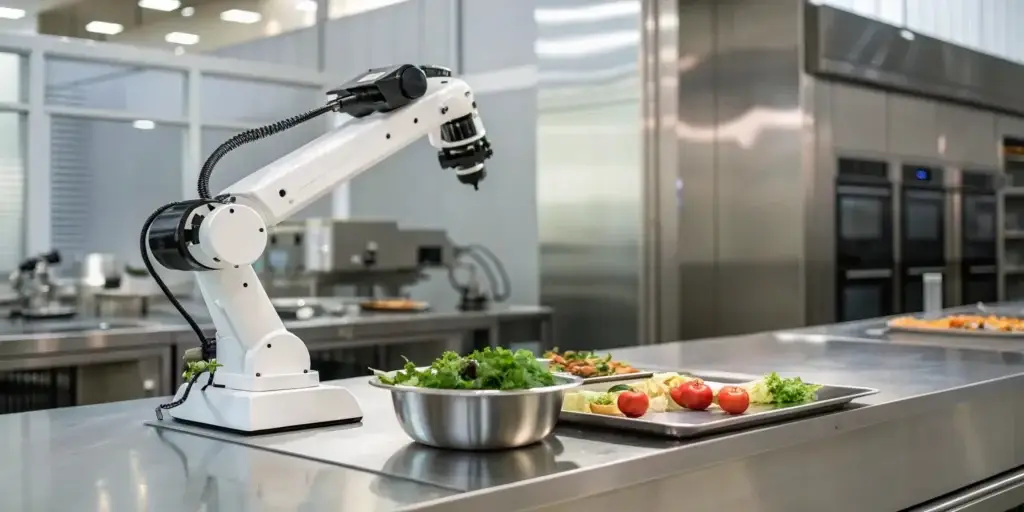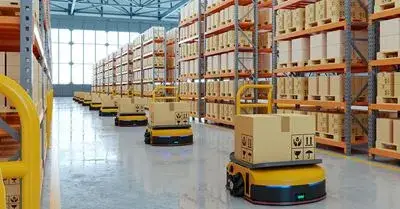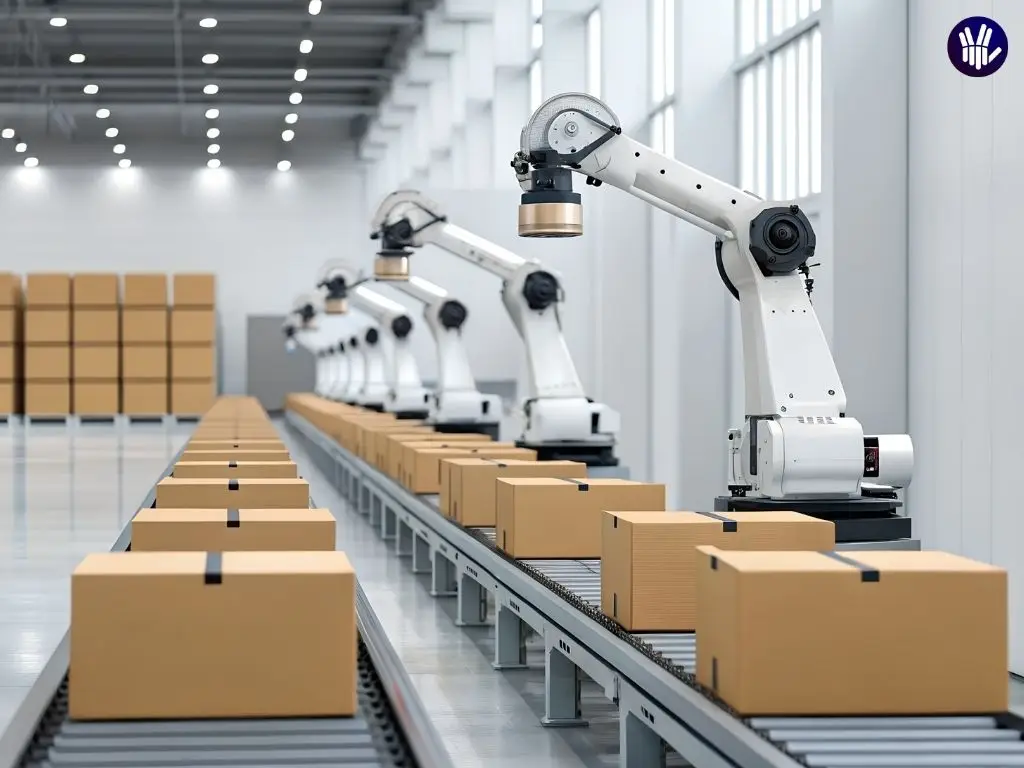Running a restaurant efficiently is no easy task. From managing staff schedules to ensuring timely food delivery, operational challenges pile up quickly. One powerful solution gaining momentum is restaurant automation. By integrating robots into various aspects of their operations, restaurants streamline processes, reduce expenses, and enhance customer satisfaction.
The Rise of Restaurant Automation
In recent years, more restaurants have embraced automation technologies. Robotic kitchen assistants, self-service ordering systems, and AI-powered tools are reshaping daily operations. As a result, industry reports show operators turn to technology to save labor, reduce costs, and improve efficiency.
1. Cutting Labor Costs with Service Robots
Labor expenses make up a large chunk of restaurant costs. For instance, service robots handle repetitive tasks – like delivering meals and clearing tables – freeing staff to focus on complex duties. For example, one delivery robot can save at least 20 labor hours weekly by managing meal delivery and table clearing.

2. Improving Kitchen Productivity with Robotic Assistants
Robotic kitchen assistants speed up cooking while ensuring consistent quality. For example, these robots can flip burgers, fry items, and assemble dishes. Chipotle’s “Autocado” robot, for instance, cuts, cores, and peels avocados in just 26 seconds, allowing staff to spend time on other tasks.
3. Streamlining Ordering and Payments
Self-service kiosks and mobile apps reduce manual order taking. They accelerate the order process, minimize errors, and enhance the customer experience. Additionally, scheduling tools optimize staff shifts to make labor use more efficient.
4. Lowering Energy and Maintenance Costs
Smart automation systems monitor equipment usage and identify energy-saving opportunities. Moreover, automated cooking oil management systems reduce spills and accidents, which can lower operating and insurance costs.
5. Smarter Inventory Management

Automated inventory systems track stock, predict ingredient usage, and reorder supplies automatically. This way, restaurants can prevent overstocking or running out, saving money and ensuring smooth kitchen operations.
Conclusion
Adopting restaurant automation offers numerous advantages – from reducing labor and operational costs to enhancing efficiency and improving customer satisfaction. Ultimately, restaurants that embrace these innovations gain a competitive edge by running more streamlined, high-quality operations.
Explore Robocollective.ai’s range of restaurant robots today to start improving your restaurant’s efficiency and service!
Frequently Asked Questions (FAQs)
Restaurant automation uses technology such as robots and AI-powered systems to simplify operations, reduce labor costs, and boost efficiency and customer experience.
Automation can save significant labor hours; a single delivery robot can cut at least 20 hours weekly by handling tasks like meal delivery and clearing tables.
While automation systems require initial investment, the long-term savings from reduced labor and operational costs often outweigh these expenses within a few years.
Automation works well for many restaurant types, especially fast-casual and quick service, but it can be tailored to fit specific sizes, budgets, and needs.
Robots can deliver food, prepare ingredients, assemble dishes, manage inventory, and clean, allowing staff to focus on customer service and more skilled tasks.
Yes, smart systems monitor equipment to optimize power use, reducing utility bills and environmental impact.
Start by identifying time-consuming manual tasks, then research automation tailored to those needs. Train staff and regularly evaluate performance to maximize benefits.


Leave a Reply